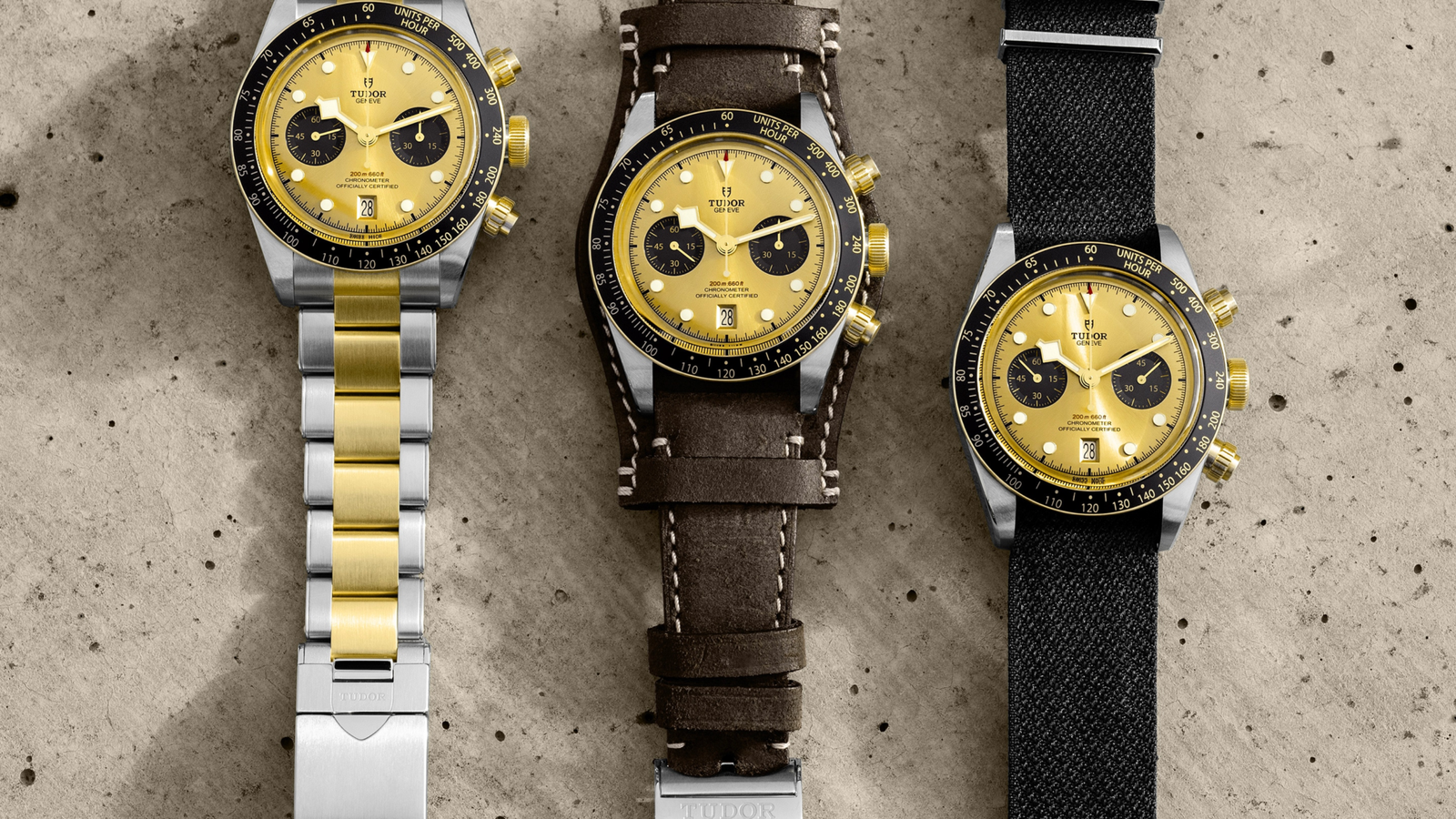Gold-capped watches have become a popular option for those who appreciate the luxurious appeal of gold but seek a more budget-friendly alternative.
These timepieces skillfully blend gold with other materials, such as stainless steel, to achieve a stunning look while maintaining a more accessible price point.
Many established watch manufacturers, including Rolex, Breitling, Omega, and Tudor, offer two-tone watches that incorporate gold and steel elements in their designs.
Understanding the gold-capped technique is crucial for discerning timepiece enthusiasts.
Unlike Rolex, whose two-tone watches are crafted from solid 18-carat gold combined with stainless steel, Tudor employs the gold-capped method.
Being a distinct process, gold-capping gives Tudor watches their own unique appeal, which sets them apart and caters to a broader audience seeking elegance and sophistication without breaking the bank.
What Is Gold-Capped?
A gold-capped watch comprises a material other than gold and is capped with gold on its surface.
Tudor, for instance, uses this method to create two-tone watches like their Black Bay Chronograph, reference 79363N.
In this technique, the center link of the bracelet is made from stainless steel and is then capped with 18-carat gold. This gives the appearance of a solid gold two-tone watch, even though it is actually gold-capped.
Gold-capped watches can provide the same attractive look as solid gold watches without the higher cost.
However, it is essential to be aware that the gold layer may wear away over time, depending on the thickness of the gold cap.
In the past, particularly during the 1970s and 1980s, gold-capped watch thickness ranged from 0.1 to 0.2 microns. This thin layer could wear out relatively quickly with regular use.
What You Need to Keep in Mind When Buying a Gold-Capped Watch
When purchasing a gold-capped watch, it’s crucial to ensure the gold layer is sufficiently thick, which prevents it from wearing out quickly.
A thicker gold layer on the watch ensures its longevity, and the gold-capped feature stays intact for a long time.
In the rare case that the gold-capped layer does wear out, however, replacing the specific affected part of the watch by the manufacturer or seeking a goldsmith’s assistance in repairing the gold-capped area becomes necessary.
A gold Tudor watch is an example of a quality timepiece with a well-crafted, durable gold-capped layer.
What Is The Difference Between Gold-Capped and Gold-Filled?
Gold-capped watches involve covering the timepiece with a single, solid gold layer, while gold-filled watches feature a thinner gold layer on top of another material like stainless steel.
In general, gold-capped watches tend to be more durable compared to gold-filled ones.
Question!
Gold-capped watches, like the Tudor Black Bay Chronograph 41mm, offer:
- Durability: More durable than gold-filled watches
- Aesthetics: Visually appealing design
- Functionality: Reliable timekeeping and features
Choose these watches for a balance of style and performance.

